
A repetitive clackety-clack echoed from behind the peeling wooden door and as I stepped inside the dimly lit workshop, I found Abdelkhader sitting at his ancient loom, hands and feet expertly working the intricate network of 4,000 threads. He was creating a length of luminous, one-of-a-kind silk brocade commissioned by a New York fashion editor.
My next stop was Nordeen and Abdul’s wardrobe-sized workshop, piled floor-to-ceiling with intricately carved, lavishly painted wood. Like many craftspeople in Fez’s medina, the woodworkers – who’ve been honing their skills for more than 30 years – are facing stiff competition from cheaper, machine-made copies.
“But they haven’t invented a machine that can do this yet,” Abdul told me proudly, as he put the finishing flourishes to a door. “Thankfully people still value our work. It’s more than just an object, we put our heart and soul into it.”
For centuries, Fez has been one of the world’s great craft hubs where time-honoured traditions including brass etching, woodcarving and leatherwork have been passed down from masters to apprentices. And on the Artisanal Affairs tour with Culture Vultures I was getting to meet and – with the aid of my guide – talk to the artisans in their workshops, hidden along the medina’s twisting alleyways.
Camel caravans once transported Fassi handicrafts across continents and nomadic merchants lodged in fondouks, medieval inns built around a courtyard where they parked their animals on the ground floor, stored their goods inside and slept upstairs.
Now, four long-abandoned fondoukshave been restored to their former glory and transformed into craft centres, following an ambitious project between ADER-Fès and the US Millennium Challenge Corporation.
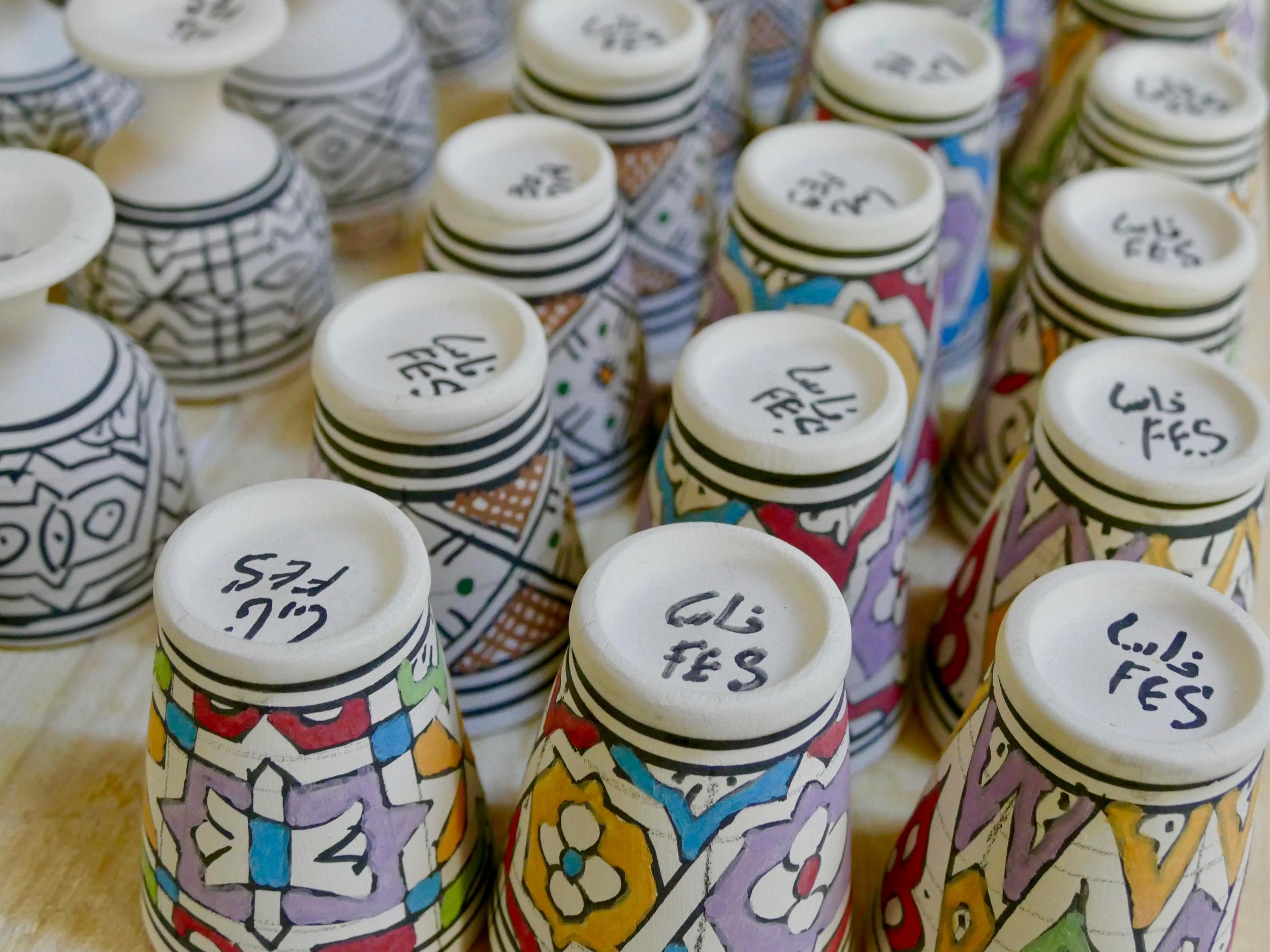
The 13th-century Chemmaine-Sbitryine fondouks on Rue Quaraouyine, all soaring stone columns and fragrant cedar wood, are dedicated to disappearing crafts, such as wooden hammam buckets, fire bellows and ornate Fassi embroidery, with space for artisans to make and sell their wares, exhibition areas and cafes. And it makes it easier for visitors to buy direct from the artisans, too.
As Fouad Serrhini, director general of ADER-Fès, explains: “Our mission is to create new opportunities for artisans in the medina. We don’t want it to be a relic of the past, but a living city of the future.”
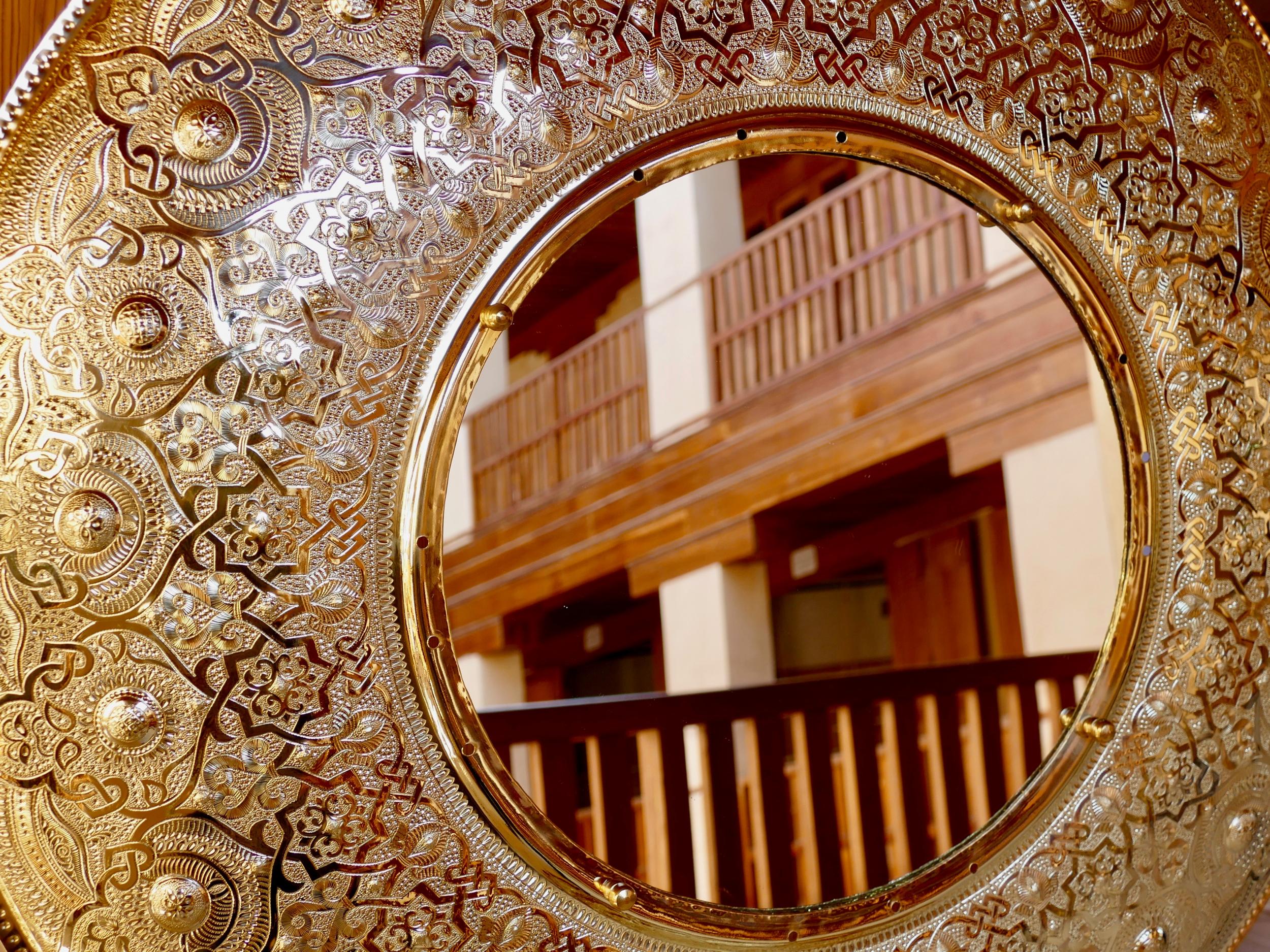
Meanwhile, the Barka fondouk on Rue Kettanine supports women’s cooperatives creating everything from hand-stitched kaftans to hand-woven carpets.
“Many women work from home selling through a middleman, now we’ve got the opportunity to showcase our own work,” Halima, who works at Barka, told me.
For some hands-on craft experience, I took a tour with Plan-it Morocco. My guide led me into a far smaller, more ramshackle fondouk off one of the medina’s main arteries, where a three-man, drum-making production line was in full swing.
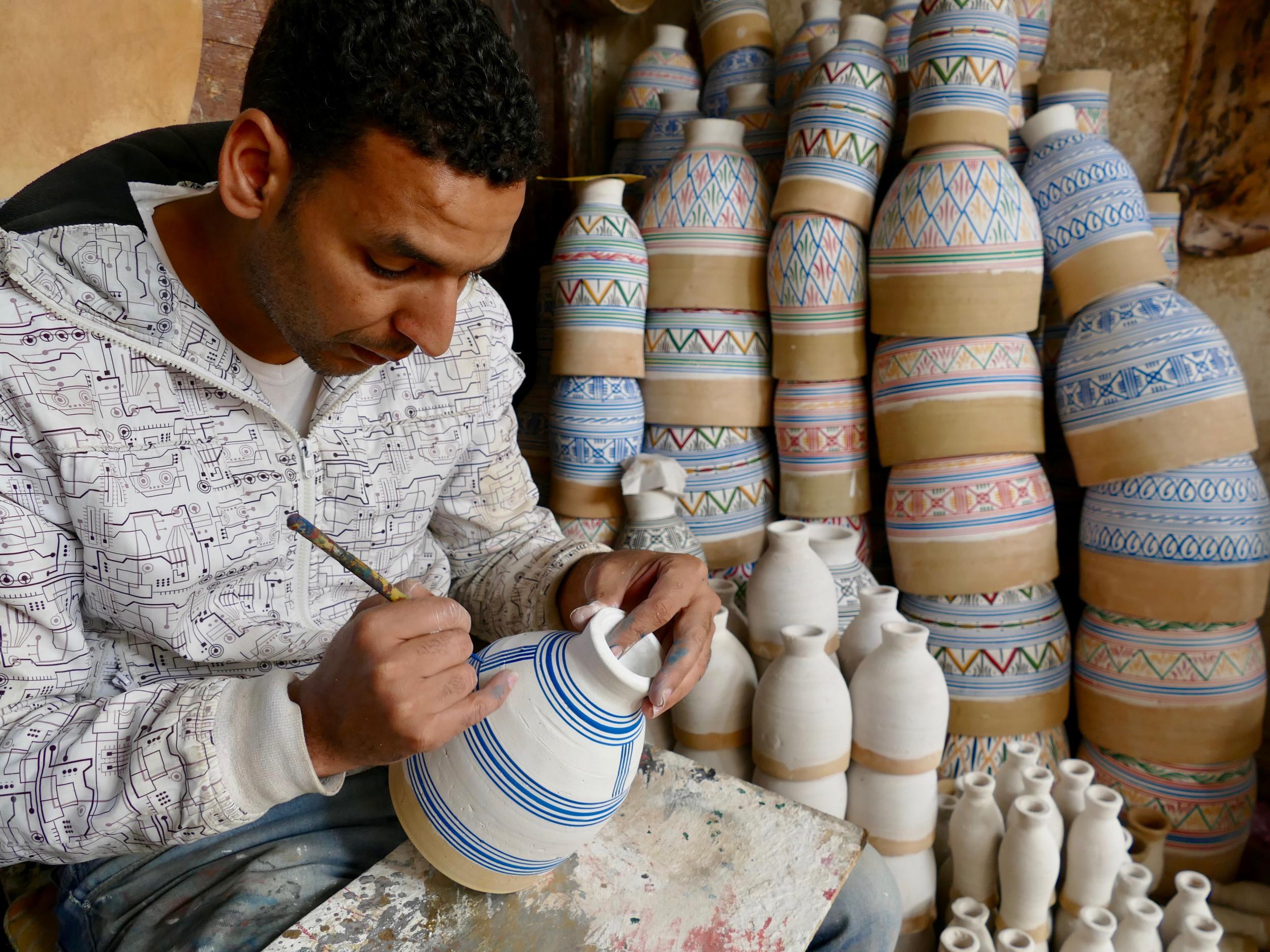
I helped paint the drum’s ceramic base, while a man removed the fat and hair from a camel hide and another artisan stitched the leather tightly over the base.
In the neighbouring leather workshop, I learnt how to make a pair of traditional babouche slippers, cutting out the leather – traditionally goatskin on top, cowhide on the bottom – before they were glued and hand-stitched together.
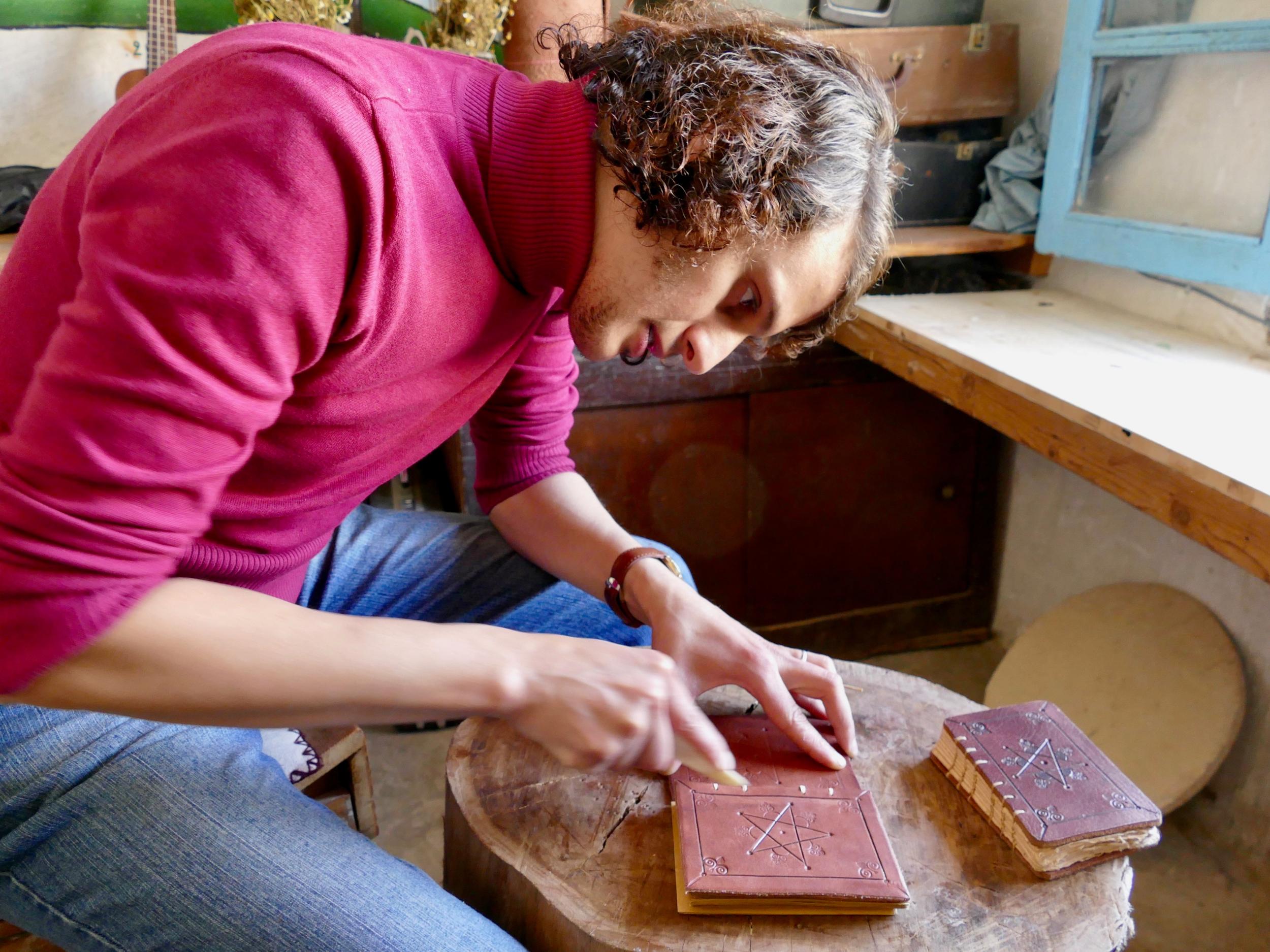
I got even more hands-on in the Craft Draft studio. The founder, multi-talented artisan Hamza El Fasiki, leads workshops in traditional Fassi crafts from brass etching to bookbinding.
Hamza began by explaining the threats that crafts are facing and the age-old tools he uses. “Without the toolmakers, the crafts will die out.”
There was just a compass, a metal scorer and a ruler laid on the workbench in front of me but I soon discovered that there’s no measuring involved in tooling leather, I simply followed the Islamic design by eye – as Hamza put it, “no eraser, no perfection”.
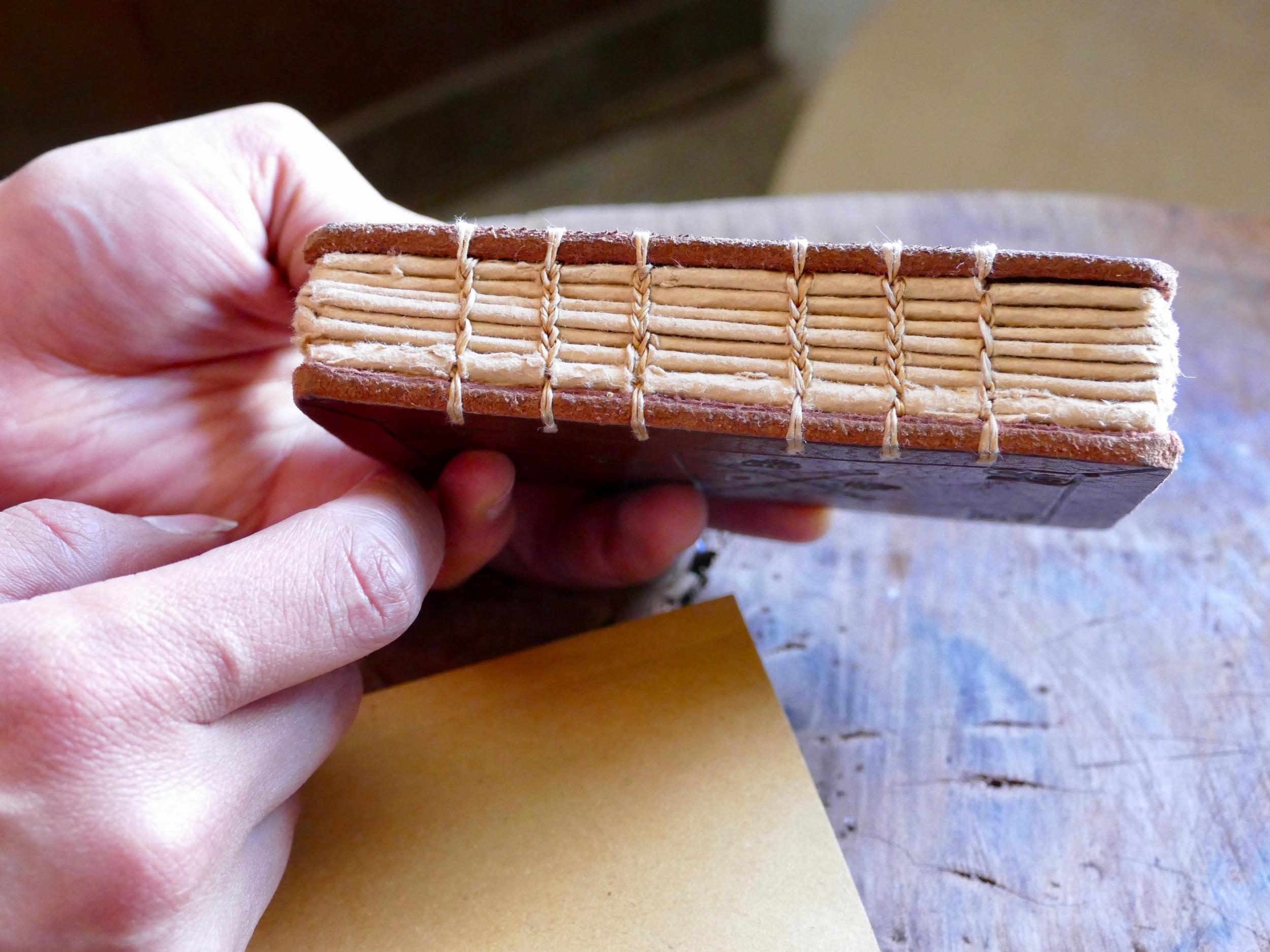
He gave me a fold of handmade paper and showed me Coptic-style binding, a rhythmic plaiting and looping of thread and, after three hours I’d created an imperfect but still beautiful, leather-bound book.
Designers are also breathing new life into traditional crafts. Médin’ART, the medina’s first concept store, is a showcase for Moroccan and Morocco-based designers, including finely woven scarves from Mouhib, embroidered T-shirts from Mawj and Cecile’s covetable cactus-silk bags and shoes.
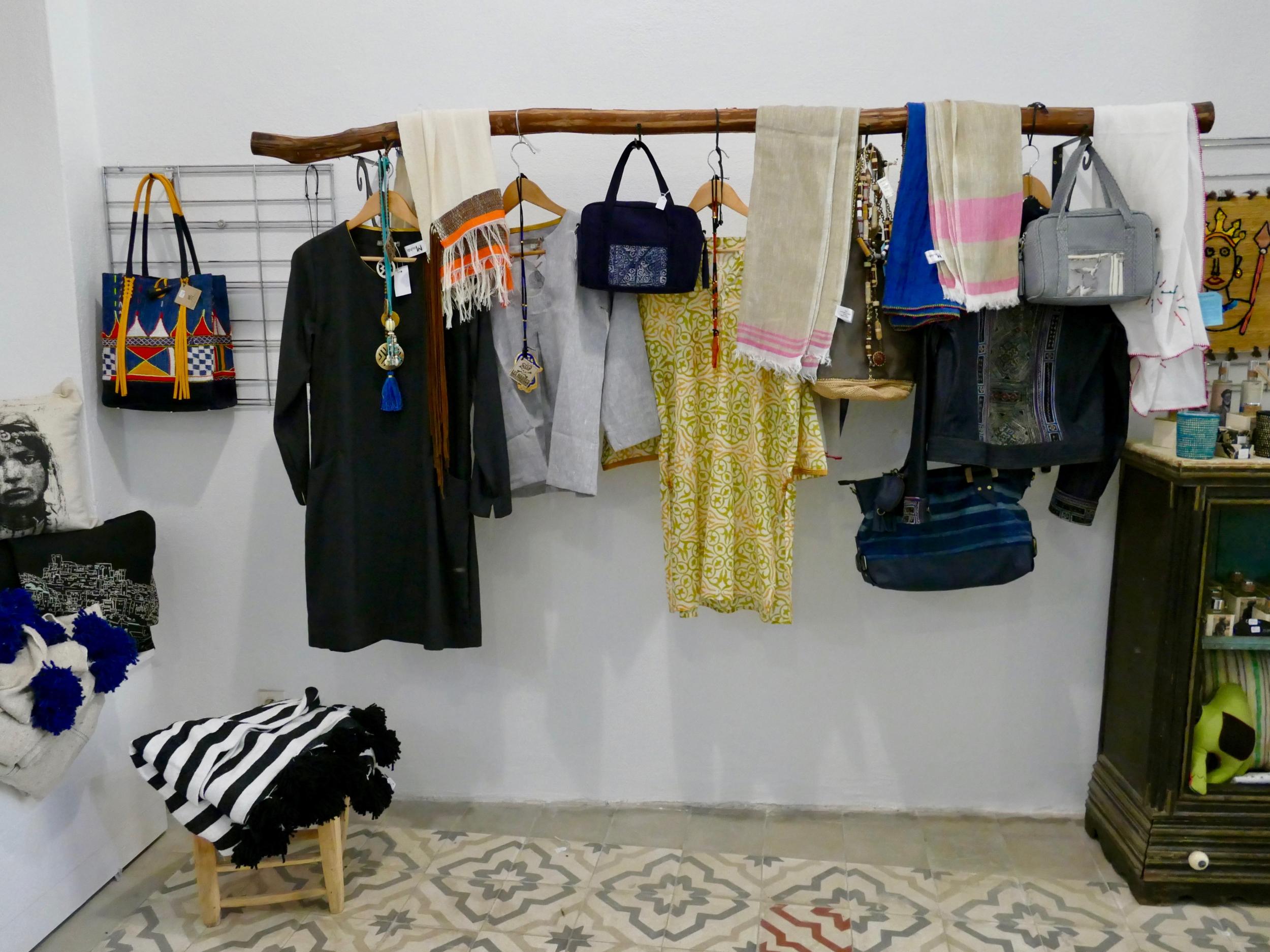
And at Le Jardin des Biehn’s bijoux boutique, vintage boucherouite rag rugs sit side-by-side with contemporary Fassi designs, such as handwoven blankets from Artisan Project, founded by Palestinian-American Nina Mohammad-Galbert. Handcrafted leather bags from Italian designer Alfred Berlin using leather from the 11th century tanneries are also not to be missed.
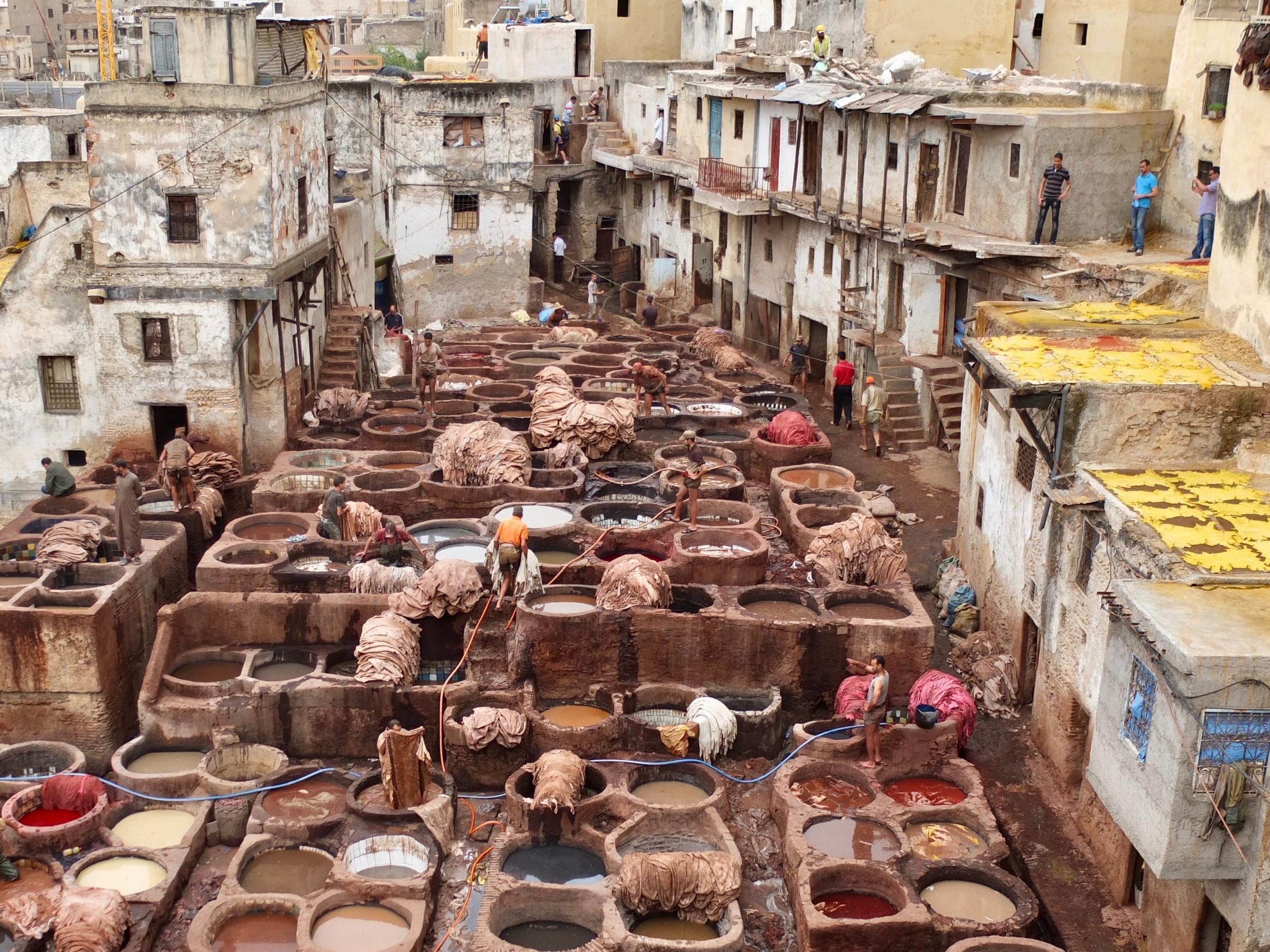
Tara Stevens, co-founder of Anajam Home (showroom by appointment), sources artisans from all over Morocco to produce their collection of homeware, including textiles – woollen blankets from the Middle Atlas, unbleached cotton throws and cactus silk tablecloths – plus ceramics and hand-blown glass. She supports small producers, as well as giving their products a contemporary spin.
“They’re a bit more expensive than the mass-produced goods and Chinese imports that you can find in the medina,” Tara told me, “but we need to educate the consumer – and the artisan – about the enduring value of traditional crafts.”
Travel essentials
Staying there
Dar Malika is a beautifully restored traditional house in the heart of Fez medina. Doubles from €65.
Getting there
Air Arabia and Ryanair have twice-weekly direct flights to Fez from London Gatwick and Stansted respectively.
Visiting there
For more information on Fez crafts, see Much Morocco







